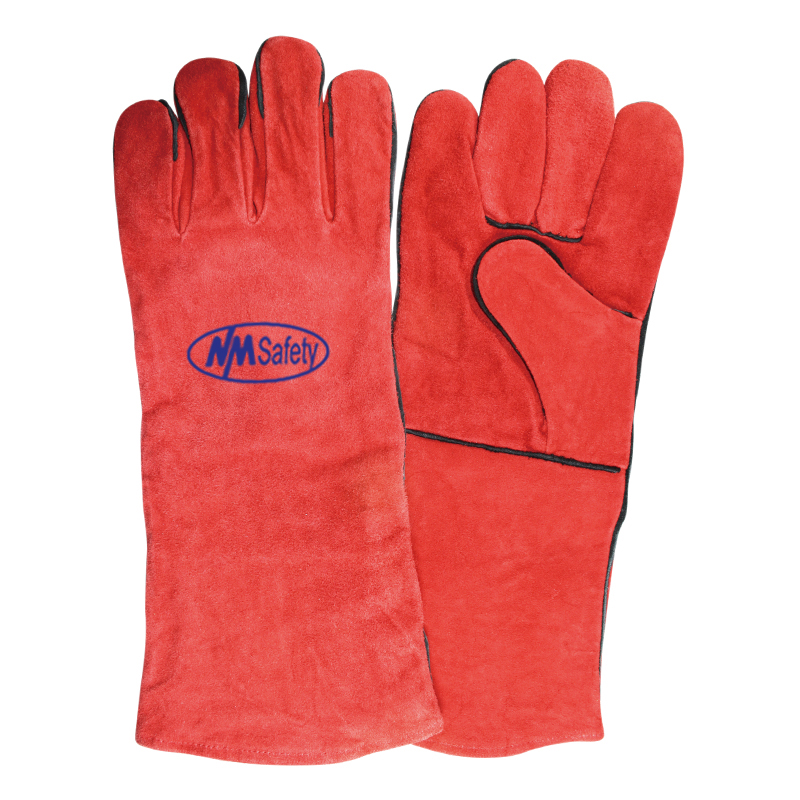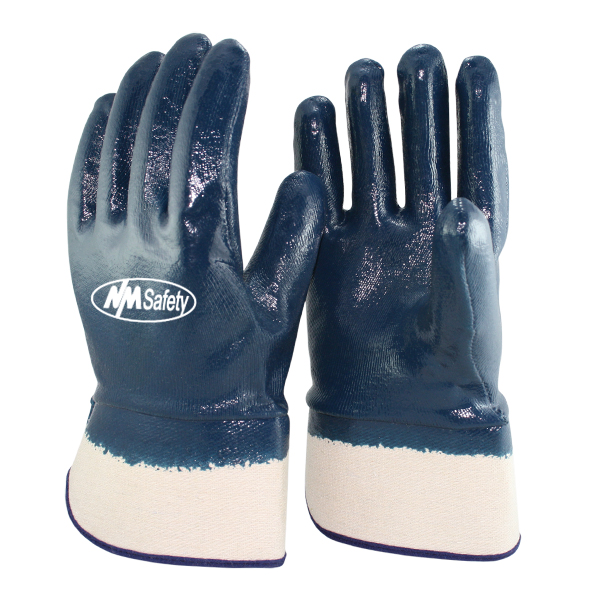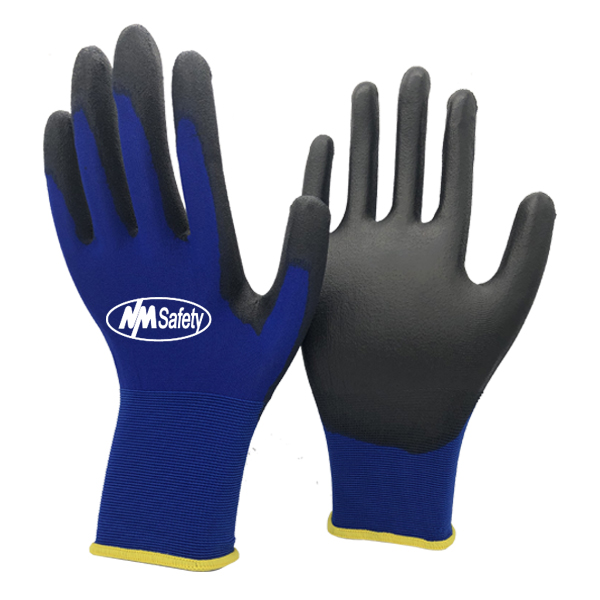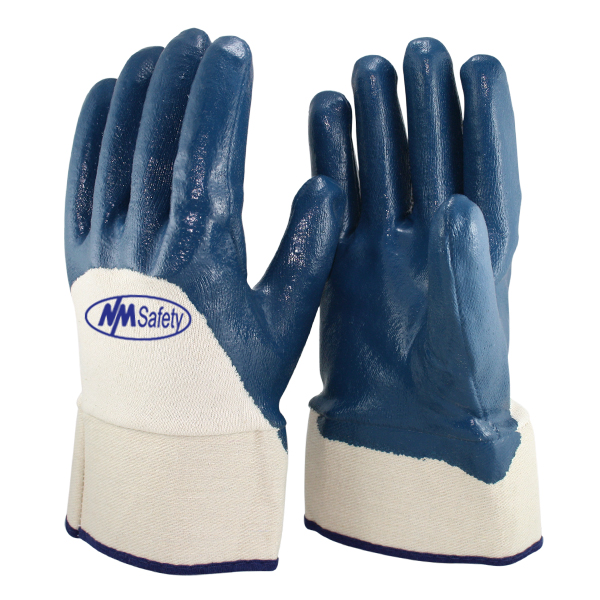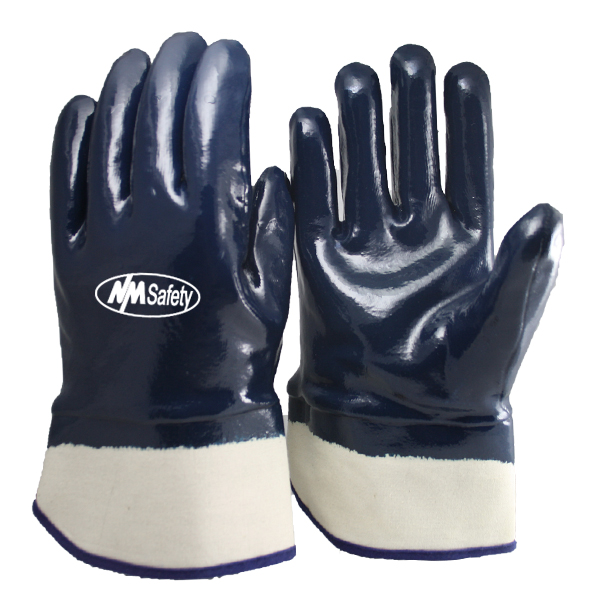The Best Welding Gloves: If you're a seasoned pro or just getting started, you'll need the correct gear. An excellent pair of gloves is on that list of things you'll need. Welding gloves come in a variety of styles and are manufactured by a variety of companies. So, how can you figure out which ones are best for you? Nobody else's finest welders' gloves will be the same as yours. Because the type of welding you conduct decides the appropriate gloves to use. Don't know where to start? We've got your back. Continue reading to learn how to choose the best welding gloves for you.
The Basics You Need To Know About New Welder Gloves: Your requirements will vary depending on the type of welding you do, therefore it's critical to grasp the differences. But first, let's take a look at what you'll need in any welding situation. First and foremost, you'll require adequate thermal protection. Varied forms of welding generate different quantities of heat, but heat shielding is required in all circumstances. Don't buy any old welding gloves! Make sure you pick ones that are designed for welding. While protection is vital, too much of a good thing, such as lining, is not. You don't want to overheat solely from your body heat. When you're weighing your options, keep this in mind. Flexibility is crucial, although in some instances it isn't as important as it is in others. Make sure you have appropriate protection while still being able to maneuver as needed. You want your gloves to last, so choose something that is good quality and sturdy, with a firm grip substance. Welding gloves with Kevlar stitching will last longer due to the stronger seams. You'll want to protect yourself from cuts as well as from the heat. Welding involves working with sharp and/or rough metal edges, and you don't want to get cut. When choosing gloves, think about the labor you'll be doing and plan accordingly.
Gloves with High-Quality Characteristics: Several factors must be considered when evaluating the quality of the welding gloves you're comparing. To serve you well, the gloves must be hard-wearing and long-lasting before we even discuss fit. A good lining, as well as high-quality leather, should be included in your glove. The leather of higher quality will provide better protection. Welding gloves come in a variety of leather types. Elkskin, cowhide, deerskin, pigskin, and goatskin are among them. Each has its own set of characteristics. A particular sort of leather will be better suited to a particular type of welding than another. Look for good insulation as well. These are all characteristics of high-quality gloves that have been well-made. Keep these considerations in mind to find a pair that will protect as well as last.
What Animal Hides Should You Purchase? Leather isn't all made equal, and each variety has its own set of benefits and drawbacks. In general, the larger the animal, the thicker the leather. Synthetic or artificial leather is created from a synthetic polymer foundation, such as PVC, and is treated to resemble real leather; however, Clarino is not the same. Let's have a look at some of the most common types of animal hides used in today's leather production:
Cow split leather: Suede is a form of split leather work glove that is most commonly associated with larger animals, such as cows. Because leather is so thick when taken from an animal's skin, the first thing that is done with it is to slice it cross-sectionally into layers. The bottom layer is known as "split-leather." Work gloves made of split leather have a variety of advantages:
- Split leather is abrasion-resistant because of its strong strands and how they intertwine together.
- Synthetic products try but fail to match the abrasion resistance of natural items.
- Split leather has remarkable puncture resistance.
- Split-Leather stands out when compared to other types of leather.
- It is more water-resistant than grain leather.
When should you put on your leather work gloves? : Leather, without a doubt, creates fantastic leather labor gloves. The question is whether or not it is the best option for you right now. Leather is a popular and long-lasting material for leather work gloves because of various characteristics:
- Cut and puncture resistance
- Keeping your hold under control
- Impact-resistant
- Dexterity in the hands
- Affordability
Leather is an ideal protective material for everything from yard labor to welding since it combines protection and dexterity. Furthermore, technological advancements have benefited even the most basic leather work gloves. Less shrinking and increased resistance to cuts, punctures, and impacts have emerged from improvements in the tanning process, for example. Please keep in mind that some leather work gloves (especially professional, heavy-duty leather gloves) may have other materials added to them with caution, such as rubber, PVC (polyvinyl chloride), and other materials. If your job necessitates it, these extra safeguards must be included in your gloves. Gloves made entirely of synthetic materials can, in some cases, perform equally as well as, if not better than, leather gloves. Firefighting and rescue gloves are a good illustration.
Who'd have guessed that a pair of welding gloves might make the difference between life and death? Work gloves can either make life easier and more comfortable for you, or they can save your life entirely. Regardless matter how dramatic it seems, your profession may expose you to several risks ranging from unpleasant to deadly. Gloves, while not the first thing that springs to mind when thinking of safety equipment, help to safeguard one of the most crucial tools that people have: their hands.
Conclusion: Overall, the best welding gloves will range from one person to the next. The type of welding you'll be doing will decide which option you choose. Consider the differences between TIG, MIG, and stick welding and what you need to protect yourself from. Is it more vital to protect yourself from heat, splattering, or cuts? All of these things may necessitate a great deal of protection. While the level of protection supplied by each pair of gloves is critical, don't forget to evaluate how well they'll do their function. Take the cost into account as well. Keep these items in mind while you browse for welding gloves, and discover a balance that works best for you. You will be both joyful and safe if you do so. NMSafety is committed to occupational hand protection.





